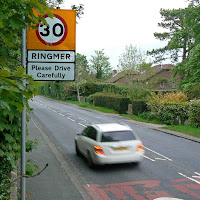
Traditionally this is the time of year in which I rail against the ever-extending commercial Christmas period. (My mother's preferred garden centre started putting its decorations up at the end of September, barely beyond the last few days of summer.) However, this year I have a new target for my protests. It's hygge, which most so-called lifestyle magazines tell me is the Danish word for cosiness, as though we Brits aren't capable of understanding the concept without a bit of cultural appropriation. Surely that's an over-simplification, otherwise my comfy cardigan and fleecy slippers would make me a fashion icon – and that, frankly, is implausible. I needed an authentic Danish perspective on the subject, so I asked Copenhagen-born comedian Sandi Toksvig OBE what she thought about hygge. Well, I didn't so much 'ask' as watch a recent episode of QI on television, in which she offered an explanation. Her lengthy definition was "to get together with your friends usually in candlelight and to feel really mellow and enjoy yourself and in general that involves alcohol". It all sounds very appealing, yet it also sounds familiar. Friends, beer, relaxing, candles, no mention of the internet or TV... oh yes. It's not a traditional Danish custom after all. This is exactly what tends to happen in Ringmer when there's a power cut for more than 30 minutes. If only we had a decent sofa to snuggle on.
First published in Viva Lewes magazine issue 123 December 2016










